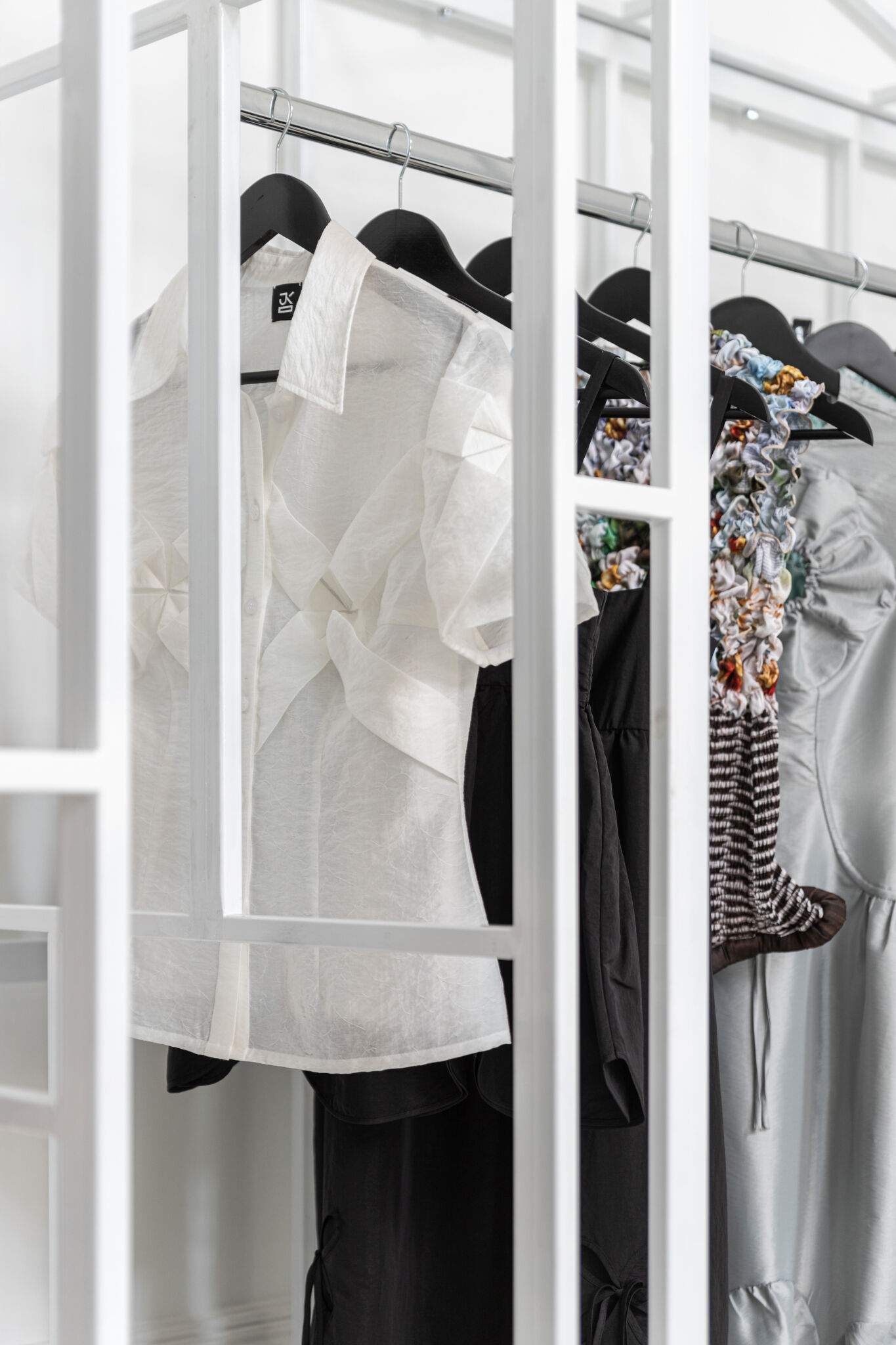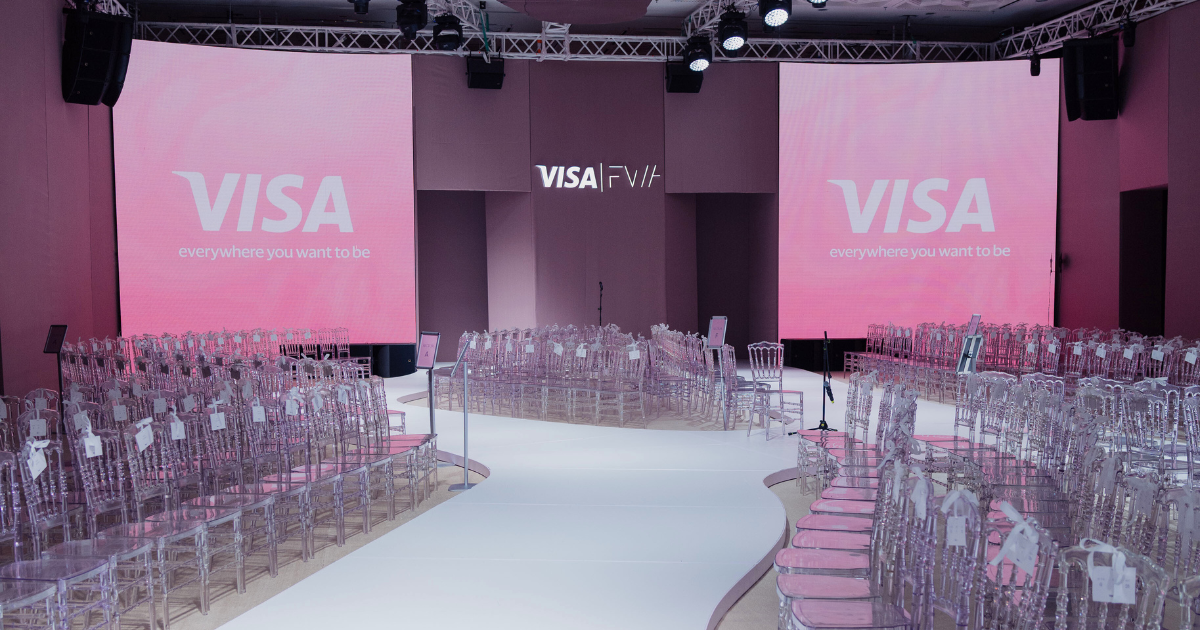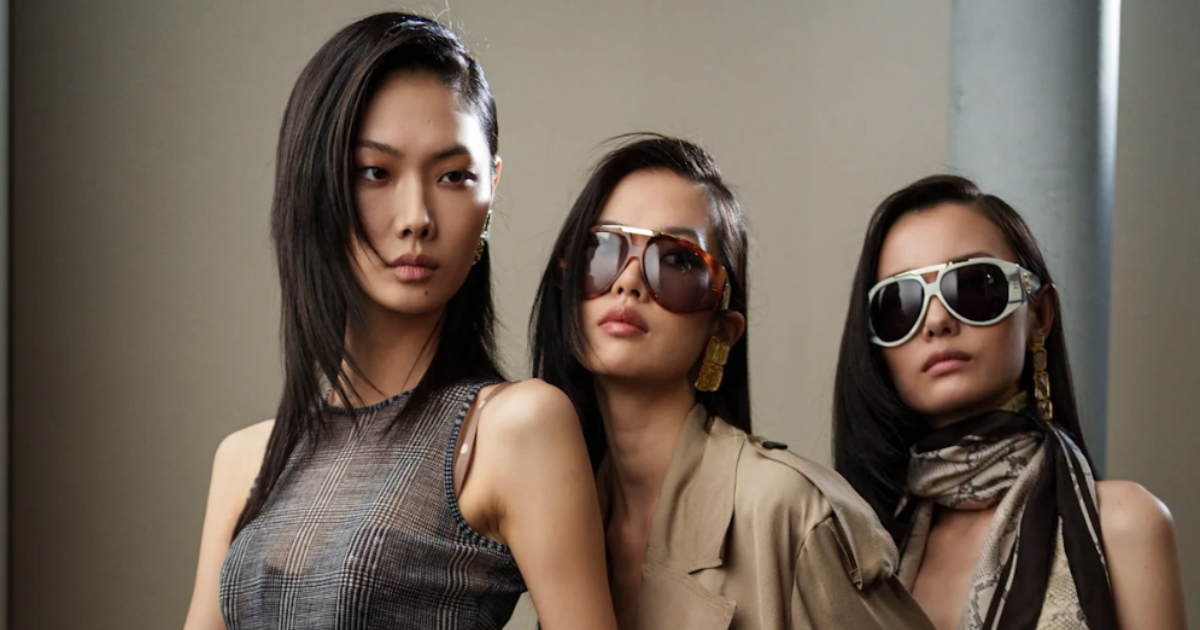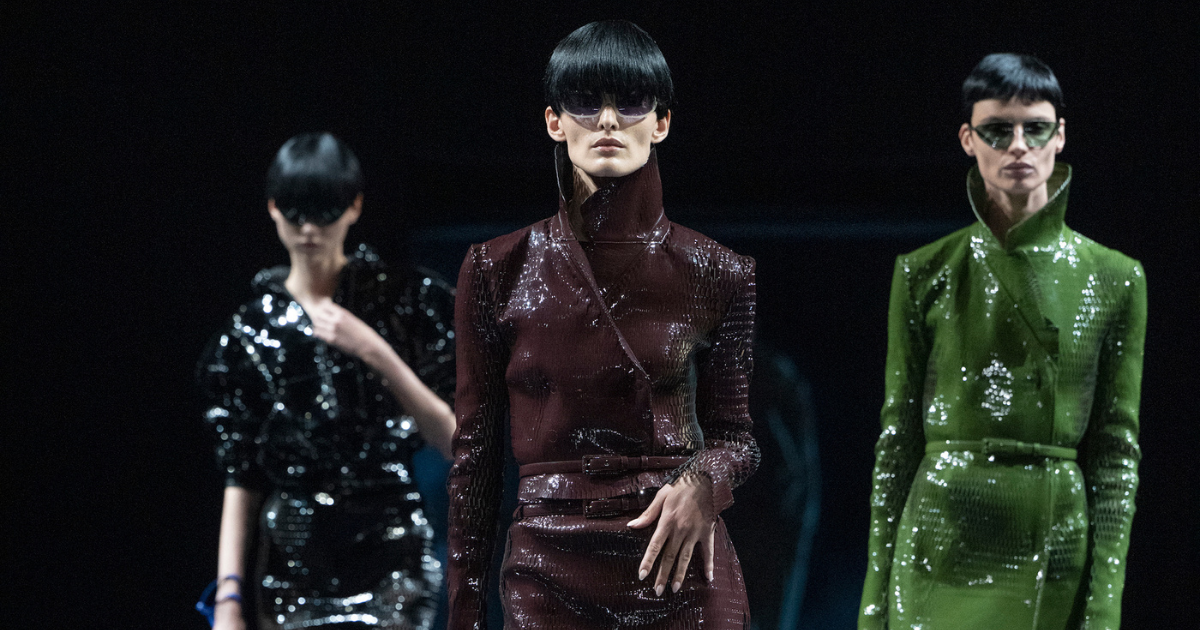Depth behind every line:
Fashion talk J.Kim & ELLE
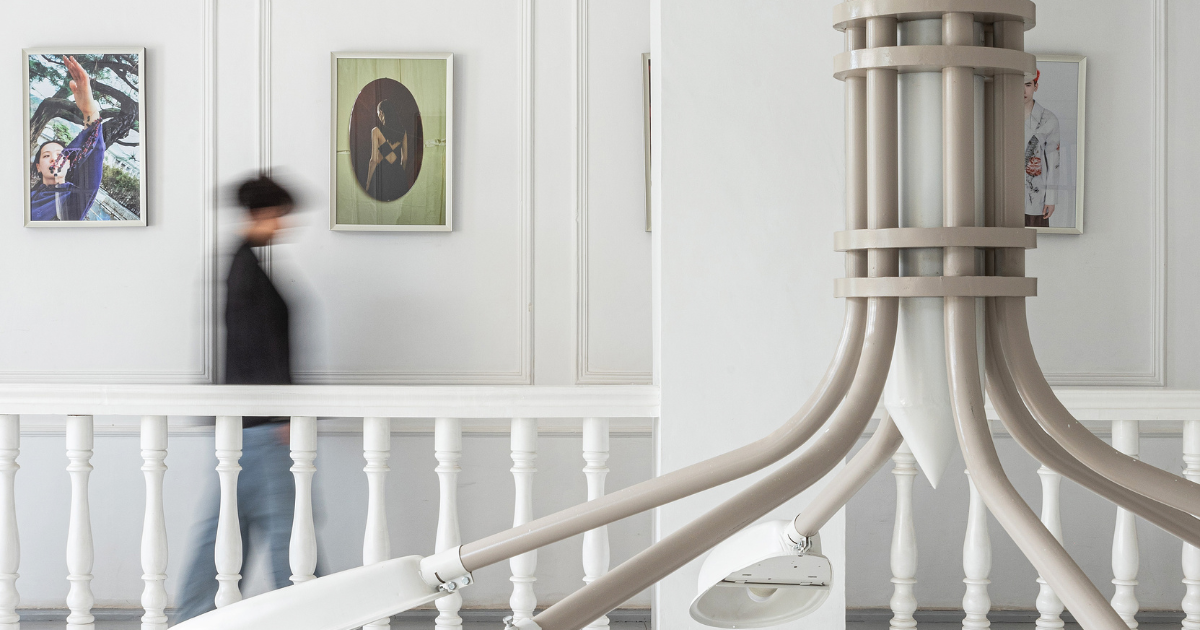
One cozy May evening, designer Jenia Kim spoke about the philosophy, inspiration, and development of her brand J.Kim at a fashion talk held in her studio, which has also become the brand’s showroom.
From a child’s drawing to a recognizable brand
As the designer confessed, she started drawing at the age of two, according to her parents. A classical art education became the foundation for her future path. Jenia has been professionally involved in fashion for nearly 15 years, and for the past 10 years, the brand’s concept has been closely tied to Uzbekistan.
A recognizable element of J.Kim's design is the so-called “petals” silhouette. Jenia explains that this shape was born during work on a collection dedicated to the Koryo-saram – Russian-speaking Koreans, their history of resettlement, and everyday culture:
“I imagined how they carried their most precious belongings wrapped in fabric. When you tie the corners of such a bundle, you get a shape resembling a flower,” Jenia shared.
In Uzbekistan, the designer found inspiration in traditional ways of storing fabrics – tugun bundles, which also became part of the brand’s aesthetic.

Iconic pieces: the puffer jacket and the trench coat
The puffer jacket became one of the brand’s key items – it also refers to the history of Koryo-saram and their migrations.
The trench coat with appliqués made from collectible fabrics, according to Jenia, “embodies the brand’s concept”:
“It’s made of nylon, reflecting the simplicity and practicality of the Korean part of my world, and filled with vintage Uzbek fabrics – the warmth and soul of Uzbekistan.”
The designer has collected these fabrics over many years, finding them at bazaars, in chests, and from embroiderers. Their production at the Margilan factories ceased back in Soviet times, and today they are almost impossible to find. 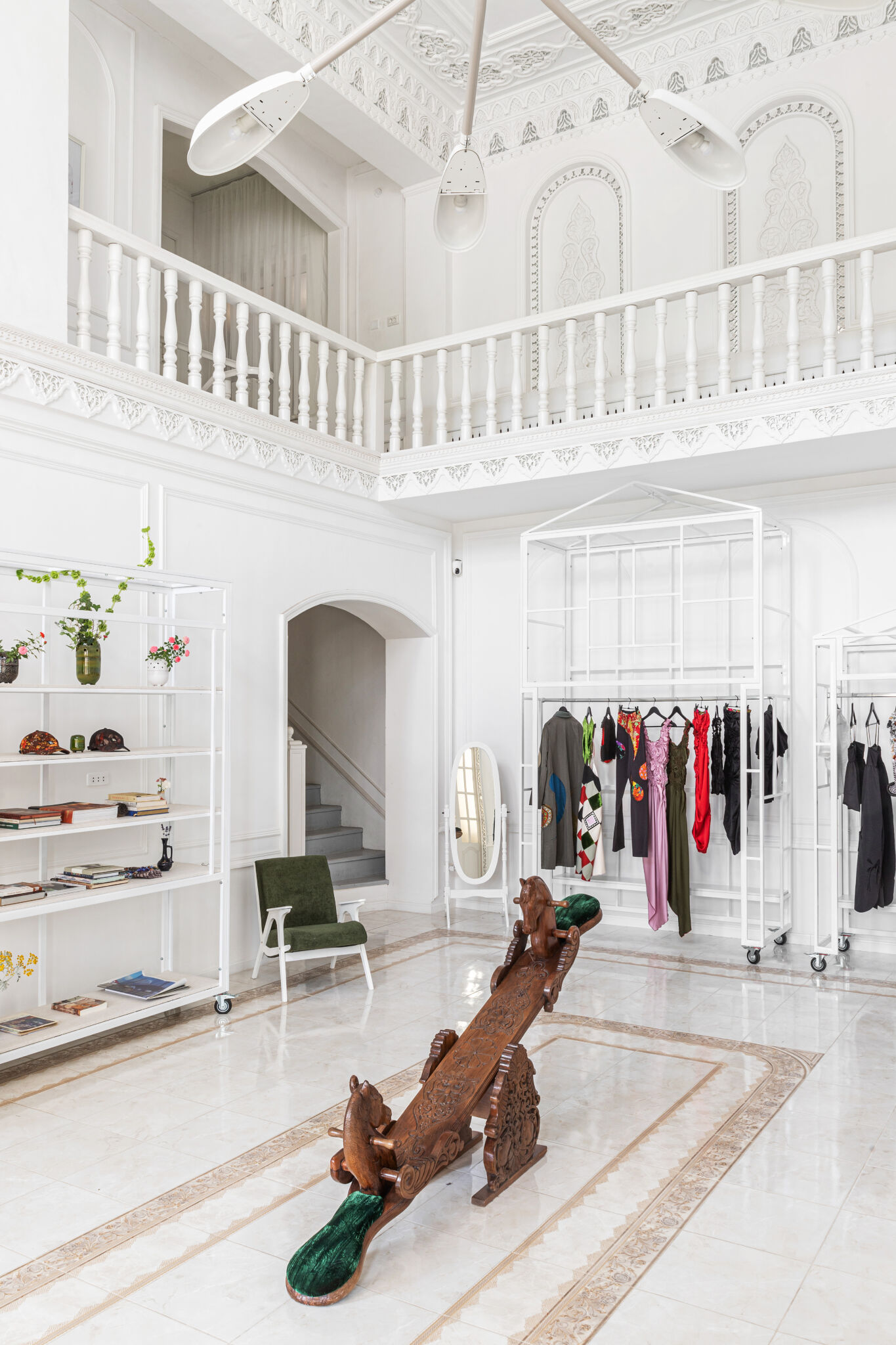
Why Uzbekistan?
Although the brand is successfully represented in the US, Europe, and Asia, the designer has consciously chosen to stay and work in Uzbekistan:
“I feel that if not us, then no one else will do this here. It’s important to me to promote Uzbek fashion to the world.”
The team and the process
Today, the J.Kim team has grown significantly. Women working from home hold a special place in it:
“It’s a very sustainable approach. They can work from home without being separated from their families. It’s important to me that the energy with which the clothes are made is passed on to people.”
In the creative department, Jenia was joined by junior designer Ayker, a graduate of the Royal Academy of Fine Arts in Antwerp, who previously worked with Jonathan Anderson and Haider Ackermann.
“For me, the most meaningful achievement is seeing that people with such values and backgrounds want to work with us here in Uzbekistan,” Jenia admitted. 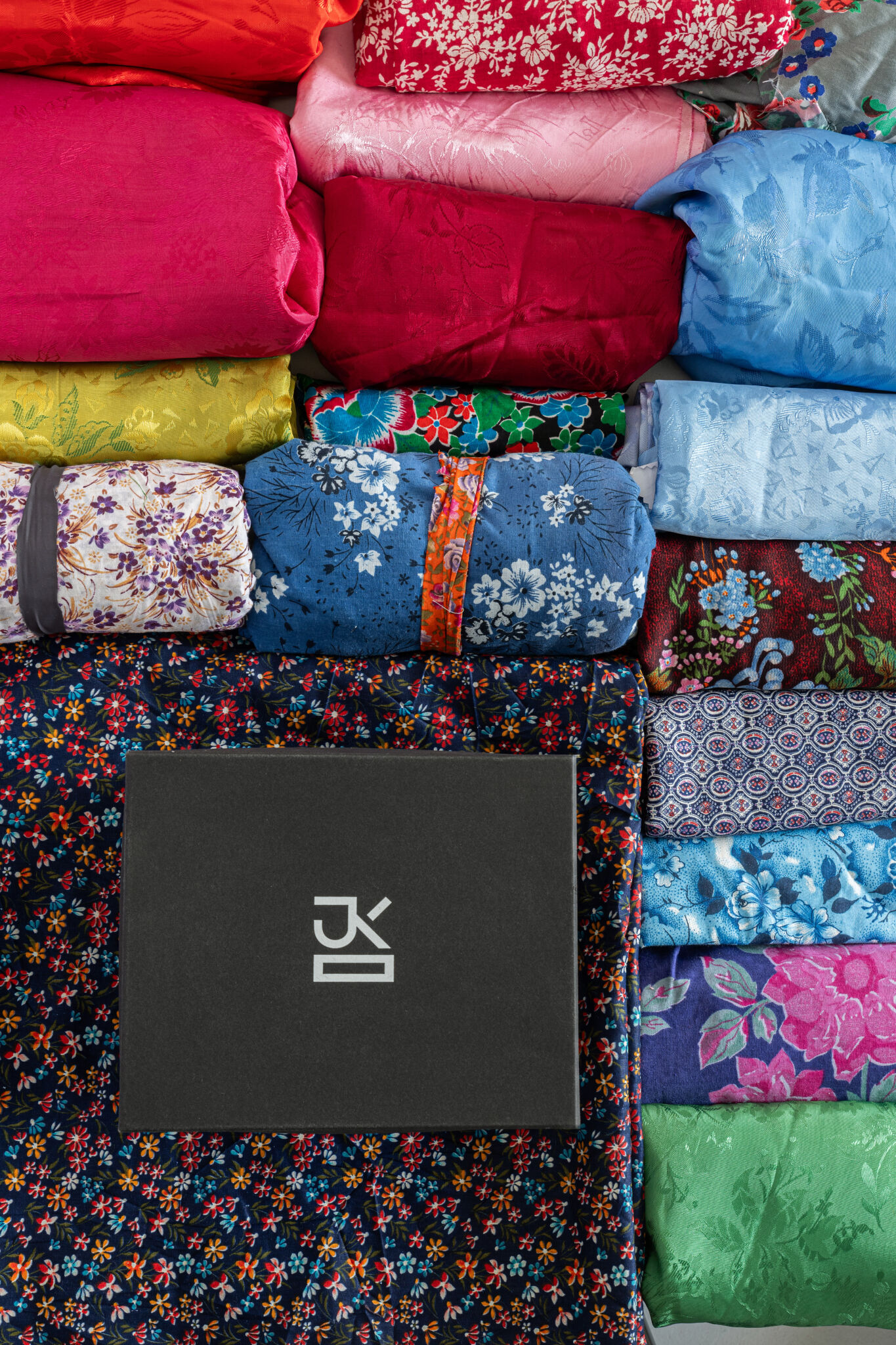
The brand’s muse
J.Kim and its customers are united by a connection to art and the desire to feel depth behind the clothing:
“Our pieces are chosen not for their trendiness, but for the stories they tell.”
Rituals and philosophy
Before starting work on a new collection, the designer always tidies up her studio:
“It’s important to clear the space for something new.”
In moments when she needs to reconnect with herself, she turns to qigong.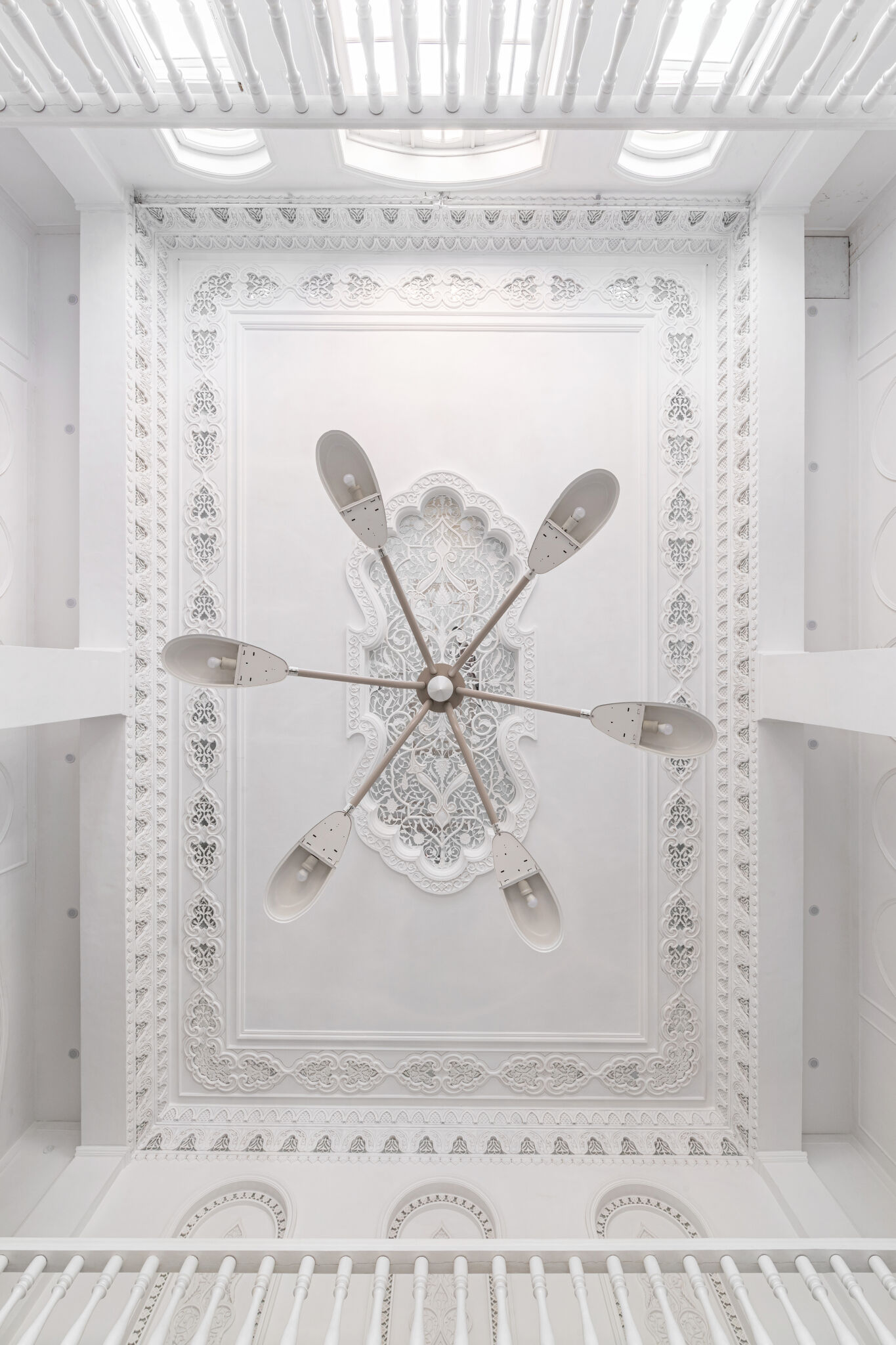
Openness and community
Previously, J.Kim’s studio was a closed space. Now, the designer seeks to develop a creative community in Tashkent:
“It’s hard to achieve anything alone. It’s important to meet, exchange ideas, and inspire each other.”
The brand continues to produce in Uzbekistan and participates in showrooms in Paris every year, maintaining a connection with its international audience.
Plans
For now, there are no plans for shows; the next event is participation in the biennale in Bukhara this September.
“It’s important for me to immerse people in the brand’s philosophy. That’s why we chose the format of a conversation for this fashion talk,” the designer emphasized. 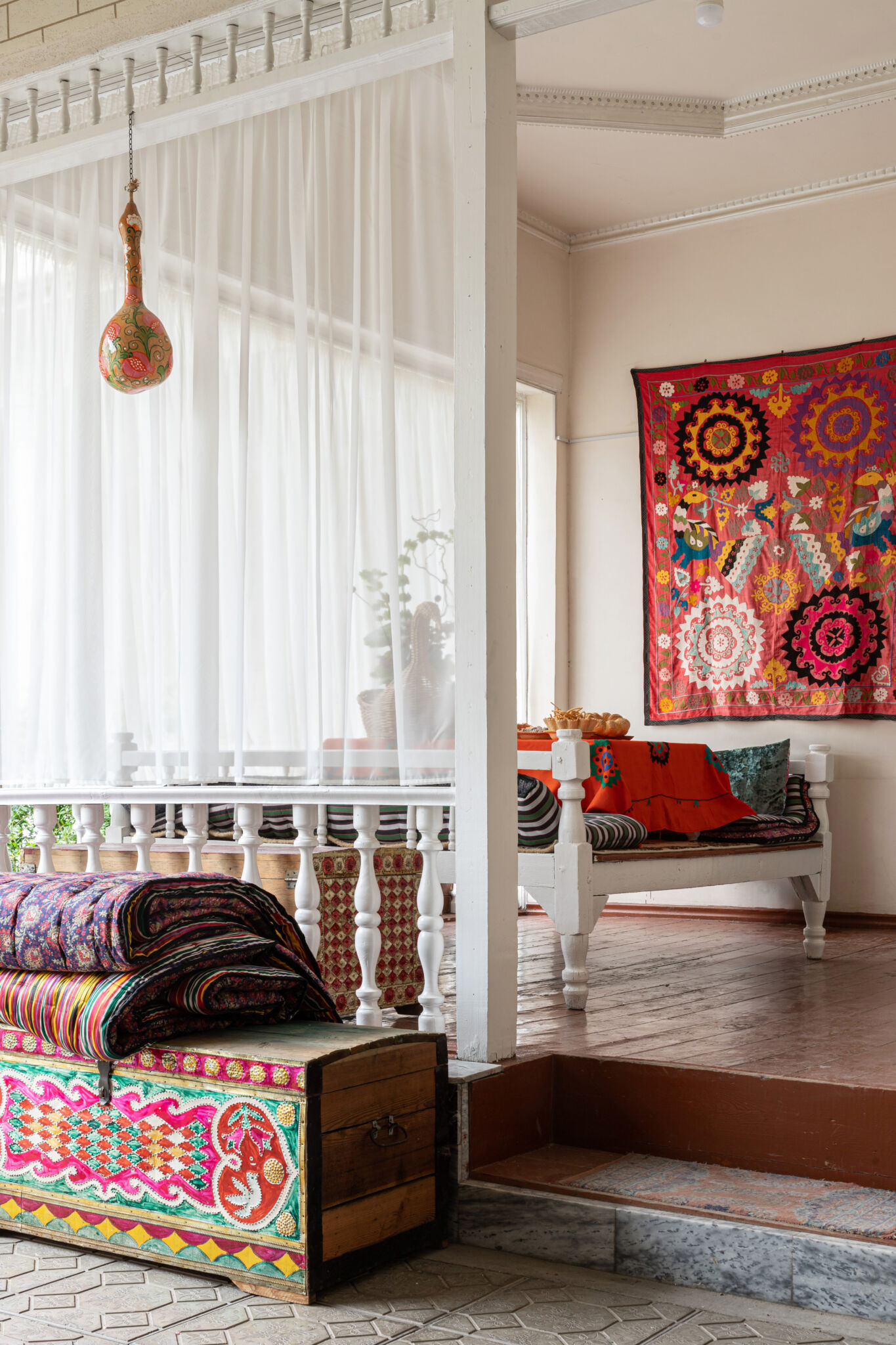
In this intimate setting, the guests not only got to know the brand’s philosophy better but also explored the assortment, watched a documentary fragment about the creation of one of the collections, and enjoyed Eastern sweets in the House’s garden.